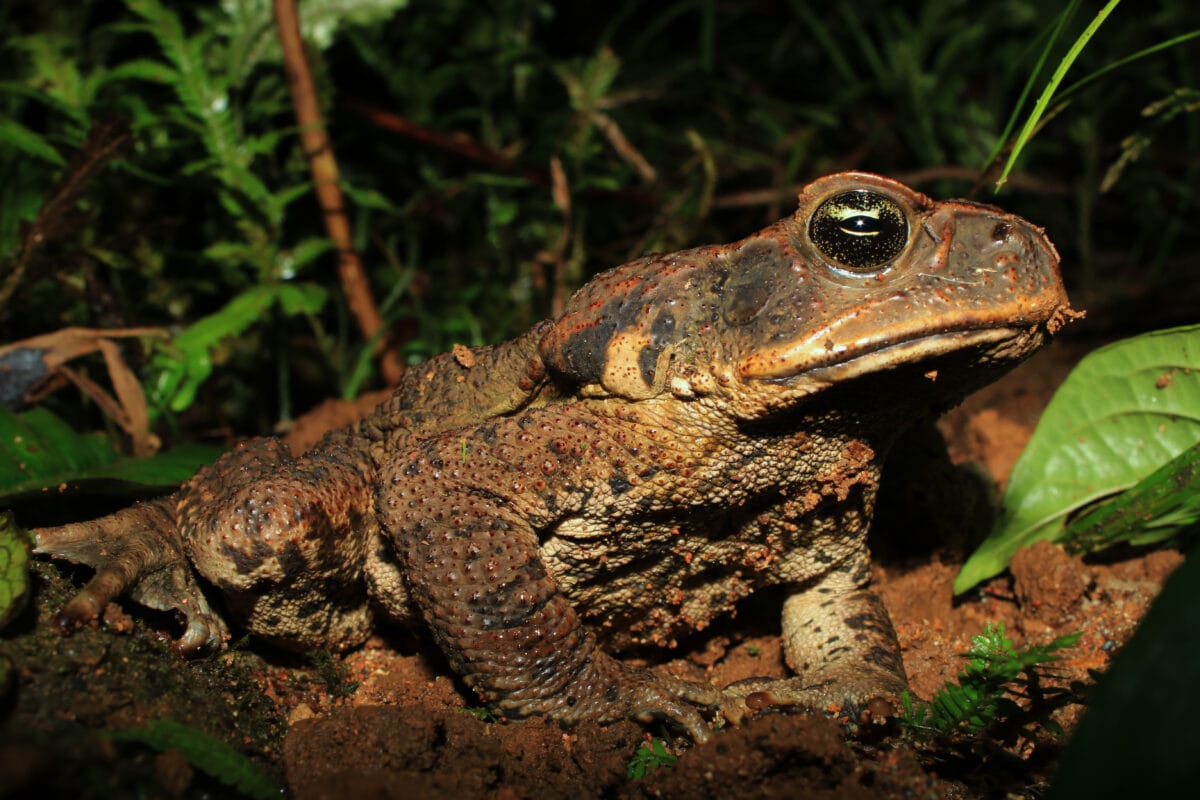In recent years, the Hawaiian Islands have faced a silent invasion that threatens their delicate ecosystems. The introduction of cane toads (Rhinella marina), initially intended to control pests in sugarcane fields, has spiraled into a catastrophic ecological disaster. These amphibious invaders, native to South and Central America, have rapidly multiplied and spread across the islands, leaving a trail of destruction in their wake.
The Arrival of Cane Toads:
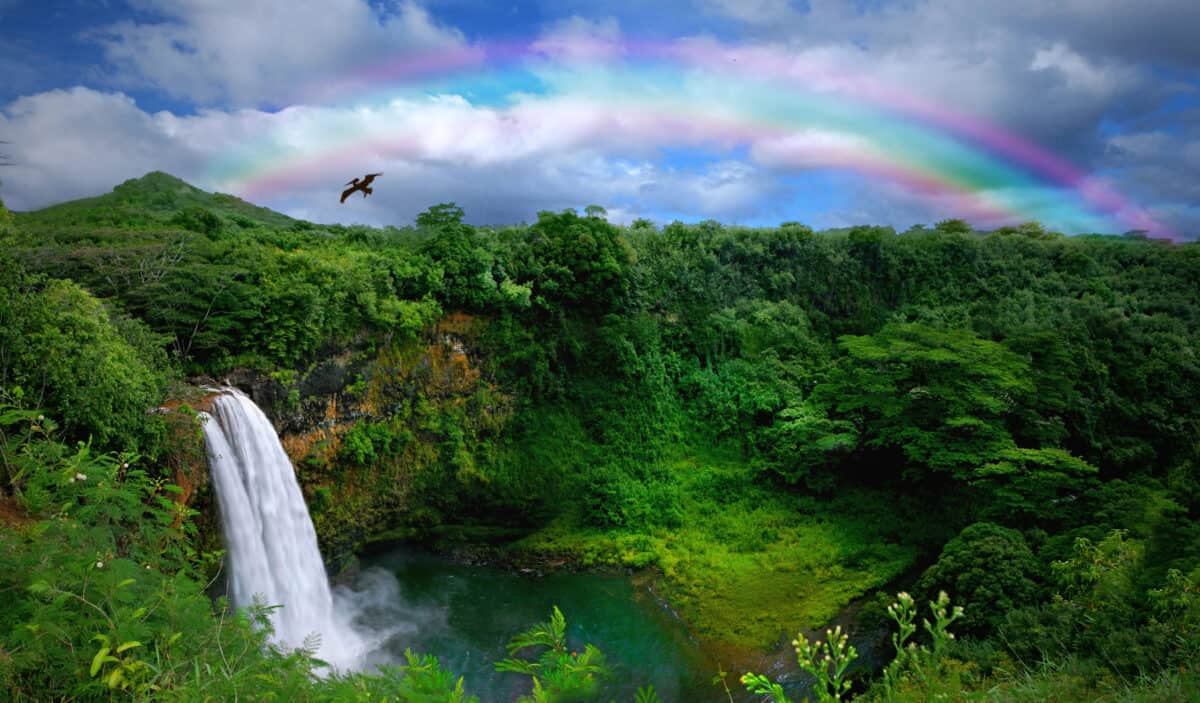
The introduction of cane toads to Hawaii dates back to the mid-20th century, when they were imported to control pests infesting sugarcane plantations. However, the unintended consequences of this decision soon became evident as the toads escaped captivity and began proliferating in the wild. With no natural predators in Hawaii, their population exploded, outcompeting native species for resources and disrupting the delicate balance of the island ecosystems.
Impact on Native Wildlife:
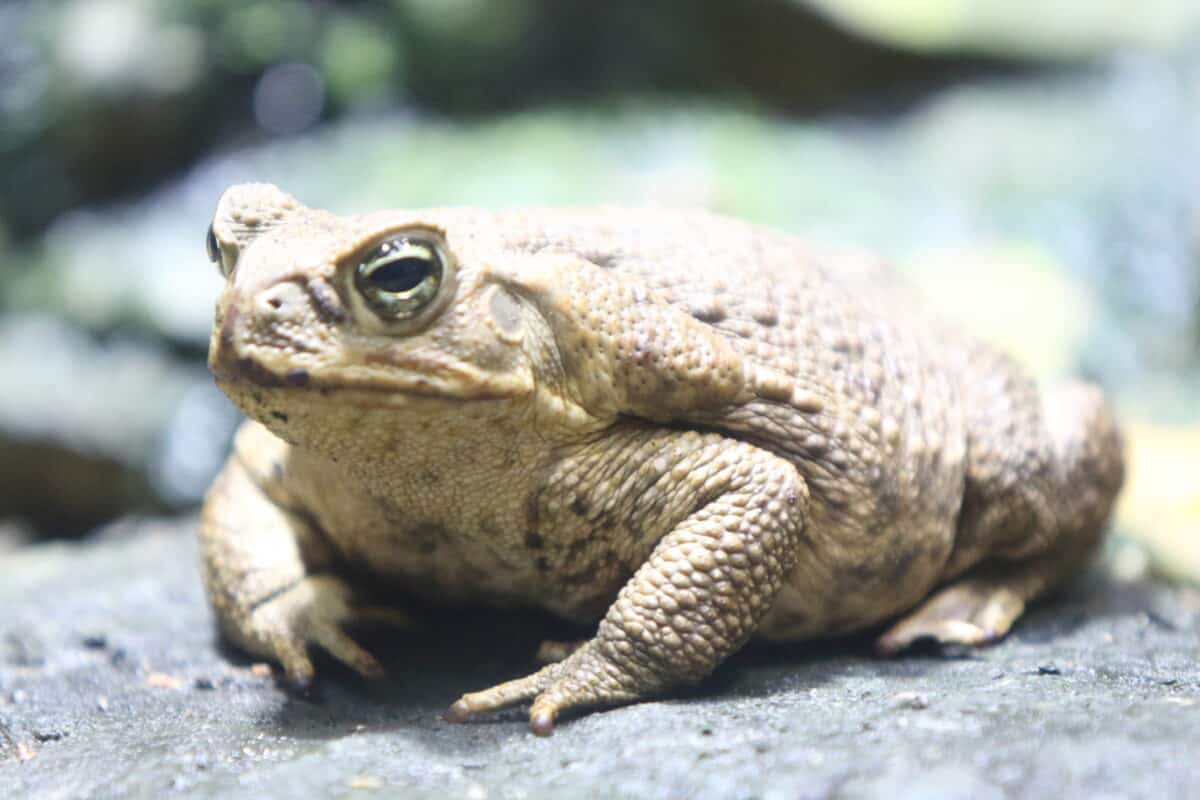
Cane toads are voracious predators, consuming a wide variety of prey, including insects, small mammals, reptiles, and other amphibians. Their indiscriminate feeding habits have had devastating effects on native Hawaiian fauna. Many native species, unaccustomed to such a formidable predator, have suffered significant population declines or even faced extinction. Birds, reptiles, and small mammals that fall prey to cane toads experience rapid population declines, disrupting the intricate web of interactions within the ecosystem.
Furthermore, they produce toxins in specialized glands located behind their eyes. These toxins, collectively known as bufotoxins, serve as a defense mechanism against predators. However, when ingested by native wildlife, these toxins can be lethal. Numerous reports have documented the deaths of birds, mammals, and even pets that mistakenly consumed cane toads. Additionally, the toxins can pose a threat to humans, particularly children and pets, if accidentally ingested or handled.
Disruption of Ecosystem Dynamics:
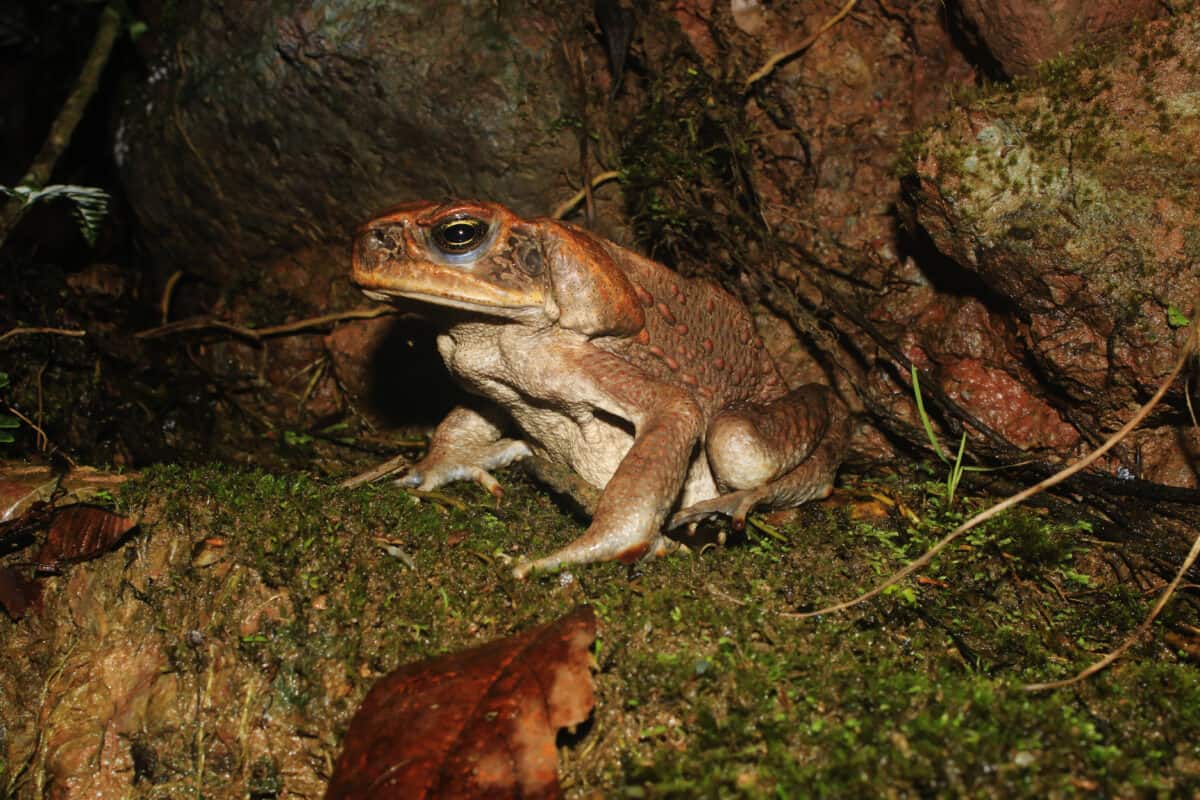
The invasion of cane toads has caused cascading effects throughout Hawaiian ecosystems. By eliminating native species or reducing their populations, they disrupt the natural balance of predator-prey relationships and alter ecosystem dynamics. For example, the decline of native insect populations due to predation by cane toads can have ripple effects on plant pollination and nutrient cycling, ultimately affecting the entire ecosystem.
Furthermore, cane toads compete with native amphibians for resources such as food, breeding sites, and habitat. Native species, already facing numerous threats such as habitat loss and climate change, now must contend with the added pressure of invasive cane toads. As a result, many native amphibians are struggling to survive in the face of this relentless invader.
Mitigation Efforts and Challenges:
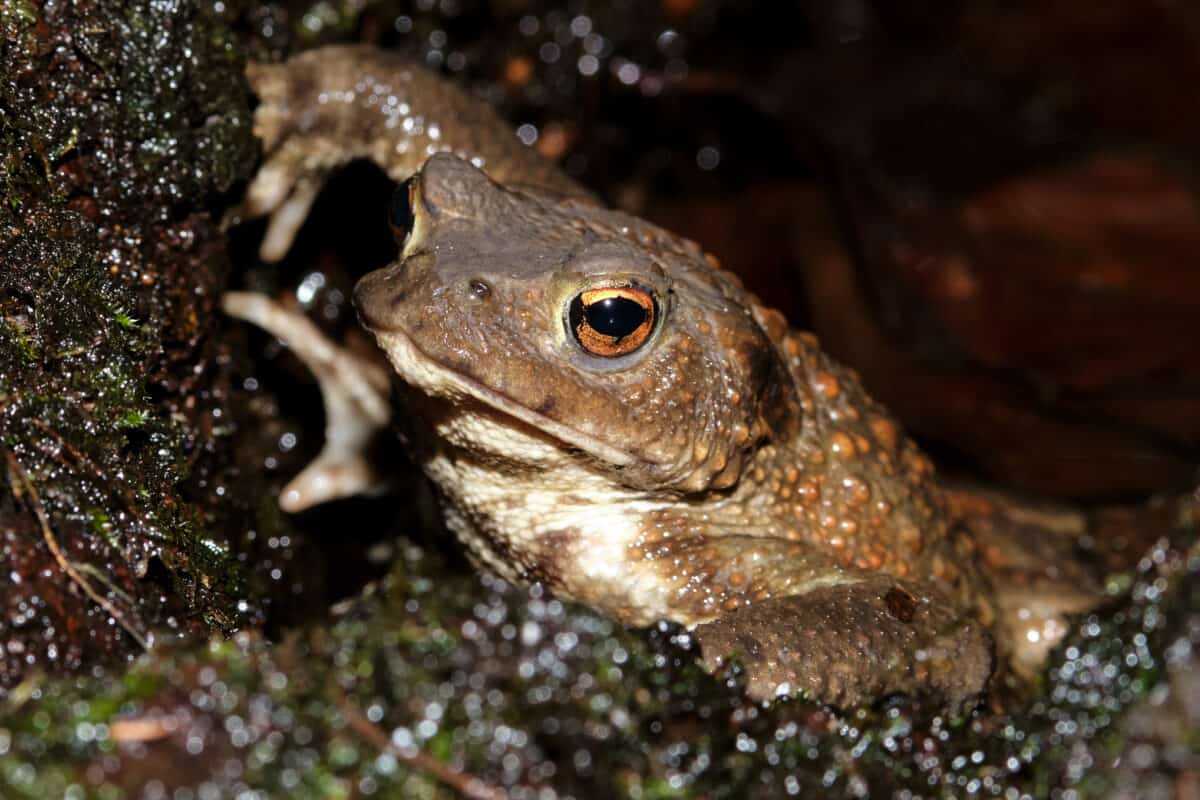
Efforts to control the spread of cane toads in Hawaii have been met with mixed success. Strategies such as trapping, manual removal, and habitat modification have been employed to reduce their populations in certain areas. However, eradicating them from the islands entirely remains a daunting challenge due to their prolific breeding and widespread distribution.
Additionally, public education and awareness campaigns play a crucial role in preventing the further spread of cane toads. By informing residents and visitors about their dangers and the importance of reporting sightings, communities can contribute to ongoing conservation efforts.
The invasion of cane toads represents a significant threat to the biodiversity and ecological integrity of Hawaiian ecosystems. Without effective intervention, native species face an uncertain future in the presence of this formidable invader. Continued research, collaboration, and concerted action are essential to mitigate the impacts of cane toads and protect Hawaii’s unique natural heritage for future generations.
If you’d like to continue reading, consider these pieces:
Join our Forum for free today!

- Elderly Man Kills Grizzly Bear in Montana - July 22, 2024
- Missing Cat Found Weeks Later, 40 Miles Away - July 21, 2024
- The Fastest Animal on Earth: So, How Quick Are Cheetahs? - July 21, 2024

